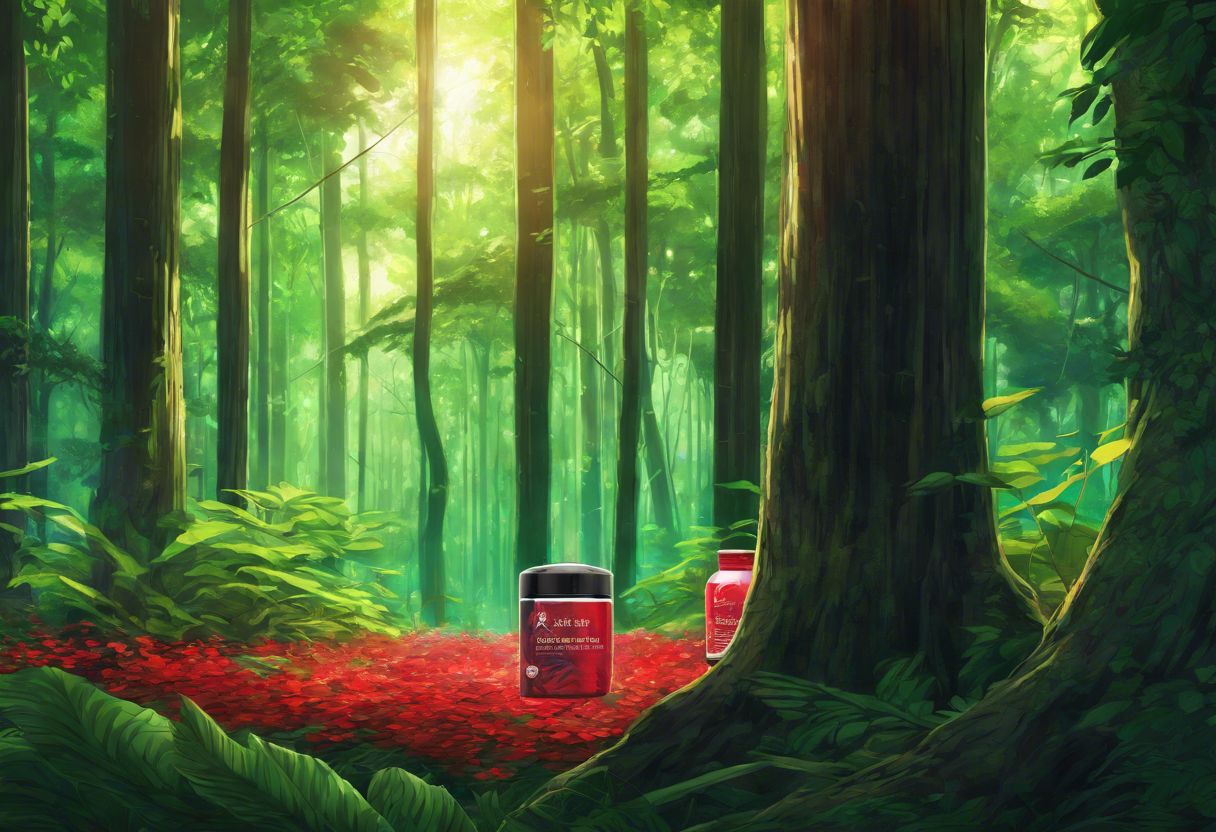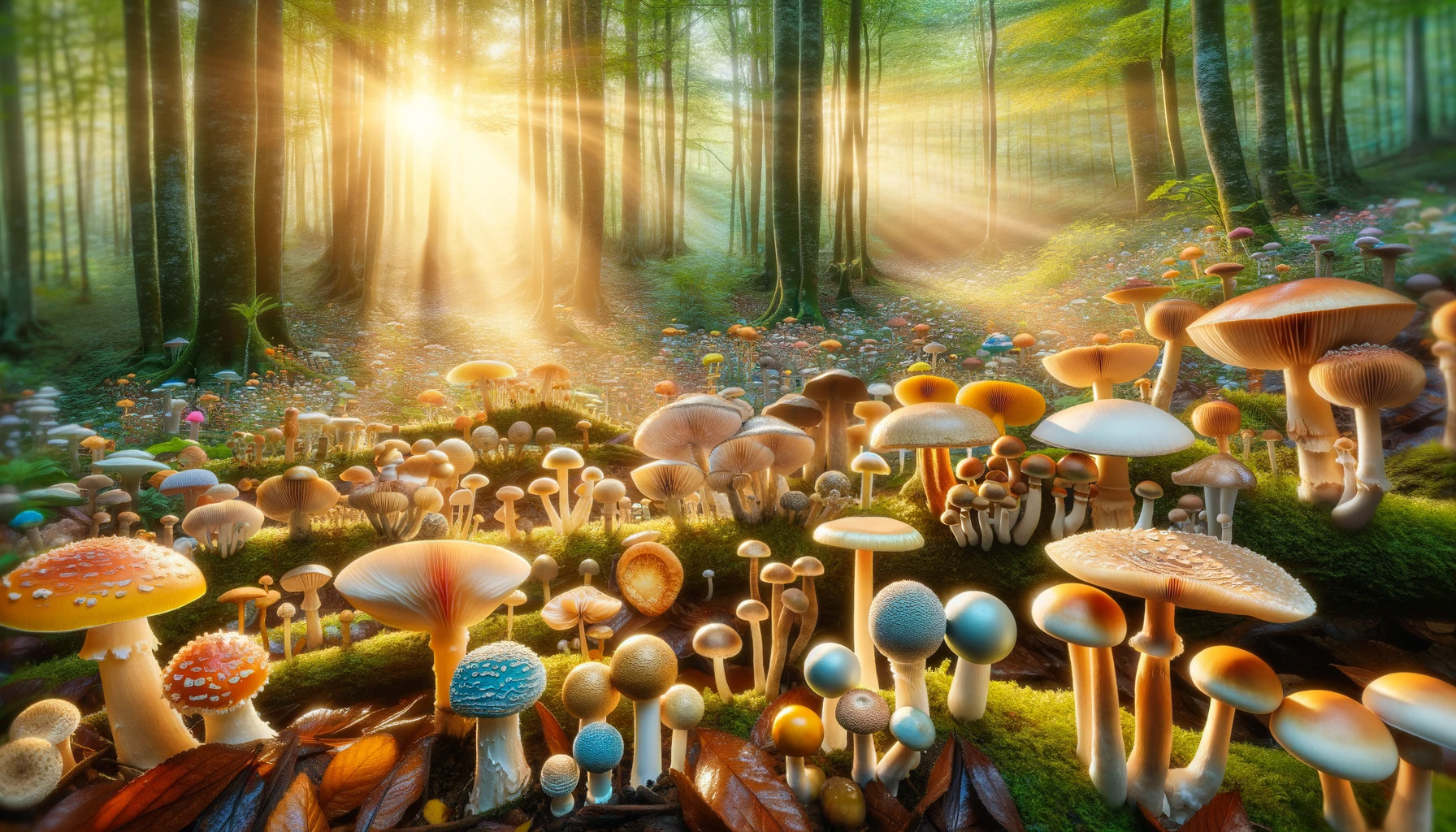Have you ever wondered why bongs are filled with water before using them to smoke? It’s a question that puzzles many new to smoking cannabis through water pipes. Water plays a critical role in filtering and cooling the smoke, making your experience smoother and more enjoyable.
Dive into our guide to discover how water transforms your bong sessions, enhancing both flavor and comfort. Get ready for clearer inhales!
Key Takeaways
- Bongs use water to cool down and filter smoke, which makes breathing in easier and cleaner.
- Different parts of a bong, like the bowl and percolators, work with the water to make smoking better.
- It’s best to figure out how much water your bong needs so it can do its job well. Too little or too much water won’t work right.
- Keeping your bong clean is very important for health and taste. Change the water often and wash the bong regularly.
- Cold water in a bong is better than warm because it cleans the smoke more and cools it down for smoother hits.
The Role of Water in Bong Functionality
The water in a bong plays a crucial role in enhancing the smoking experience by cooling the smoke for a smoother hit, filtering out particulates and contaminants, and overall improving the quality of each inhale.
Understanding how water functions within the bong is essential to maximizing its benefits.
Cooling the Smoke for a Smoother Hit
Water in a bong acts like a cooling system. When you take a hit, the smoke passes through the water before it gets to your mouth. This makes the smoke cooler and feels much better on your throat.
Cool smoke means less coughing and a smoother experience overall.
Having cold water or even adding ice can make smoking weed much nicer. It calms down the heat of the smoke so that taking big breaths is easier. Bongs are popular because they give this cool, clean feeling every time you use them.
Filtering Out Particulates and Contaminants
Bongs work as a filtration device, and one of their main jobs is to clean the smoke. When you use a bong, water plays a big part in taking out small bits called particulates and bad stuff known as contaminants from what you’re smoking.
This means things like ash or bits of the plant don’t end up going into your lungs. The smoke goes through the water before it gets to you, leaving much of this junk behind.
This cleaning action helps lower health risks linked with smoking pot or tobacco. Keeping lung tissues safer from harm is crucial since dirty smoke can lead to nasty problems like infections or diseases in your lungs.
Regularly changing the bong water ensures that the filtration keeps working well, giving you cleaner hits every time.
Enhancing the Overall Smoking Experience
Water in bongs does more than just clean the smoke. It makes the whole experience better. Cool water cools down the smoke, so it’s not too hot when it hits your throat and lungs. This means you can take deeper breaths of the smoke without coughing a lot.
The smooth hits let you enjoy the flavors of smoking marijuana or tobacco more.
The water also helps make big clouds of smoke, which many smokers like to see when they breathe out. Some bong designs have parts called percolators, which make a lot of tiny bubbles as the smoke goes through the water.
This mixes the smoke with air and makes it even smoother to inhale. You get a great feeling from using a bong because everything works together to give you clean, cool, and tasty smoke each time.
Anatomy of a Bong: Understanding the Components
The anatomy of a bong consists of several key components, including the bowl and downstem, water chamber, and various types of percolators. Each part plays a crucial role in the overall function and filtration process of the bong, contributing to a smoother smoking experience for users.
Bowl and Downstem
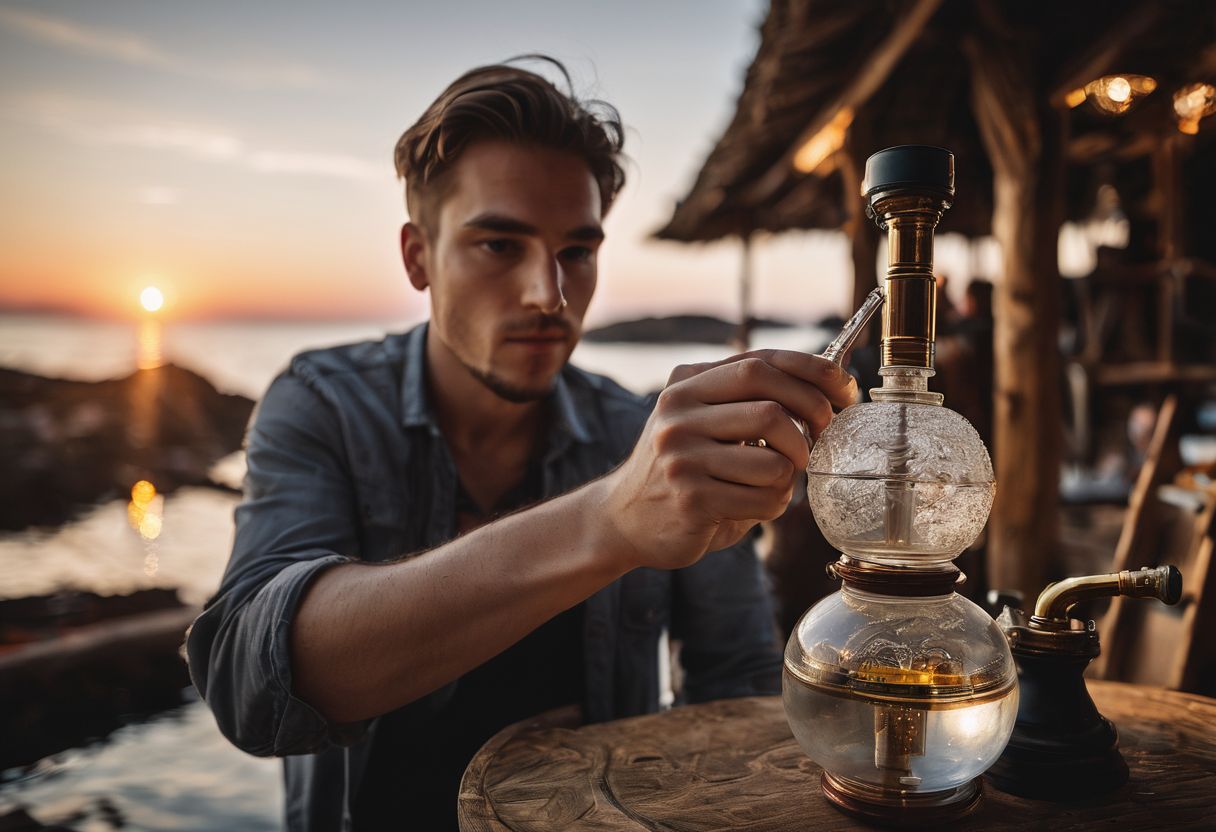
The bowl is where you place the dry herbs or tobacco. It’s usually removable and can come in various shapes and sizes. The downstem is a tube that extends into the water chamber, allowing smoke to travel from the bowl into the bong’s main chamber.
Its length and diffusion capabilities affect how smooth your hits will be. When choosing a bong, consider the size of the bowl and the type of downstem for an optimal smoking experience.
Water Chamber
After the smoke passes through the bowl and downstem, it enters into the water chamber. This component plays a crucial role in the bong’s functionality by cooling and filtering the smoke before it reaches your lungs.
The water inside the chamber helps to cool down the hot smoke, making it easier on your throat and providing a smoother hit. Additionally, as the smoke bubbles through the water, any particulates or contaminants are filtered out, ensuring a cleaner and purer inhalation experience.
Understanding how to properly fill and maintain this water chamber is key to maximizing your smoking enjoyment.
Anatomy bongs feature several components that make up their structure like bowl-downSteam-And-Water-Chamberpercolator types generally classified under two categories: single percs (with one percolator) or multi-percs (with multiple percolators).
Percolator Types and Their Effects
Percolator Types and Their Effects:
- Inline Percolators: These percolators have slits or holes to diffuse the smoke in water, providing smooth hits.
- Tree Percolators: Featuring multiple arms with slits, they offer efficient smoke diffusion for a cooler, more flavorful experience.
- Honeycomb Percolators: Consisting of multiple holes for filtration, they create fine bubbles, cooling the smoke and enhancing filtration.
- Showerhead Percolators: With a wide base and a single vertical tube, these percolators disperse smoke into the water for effective cooling and smoothness.
- Swiss Percolators: Designed with holes to break up bubbles and cool the smoke, providing a visually appealing and enjoyable smoking experience.
How to Properly Fill a Bong with Water

To properly fill a bong with water, it’s important to consider the optimal water levels for different bong styles and adjust the water for percolators and ice catchers. Understanding these factors can enhance your smoking experience and ensure a smoother hit.
Read on to learn more about the science behind bong water filtration and how it impacts your smoking session.
Optimal Water Levels for Different Bong Styles
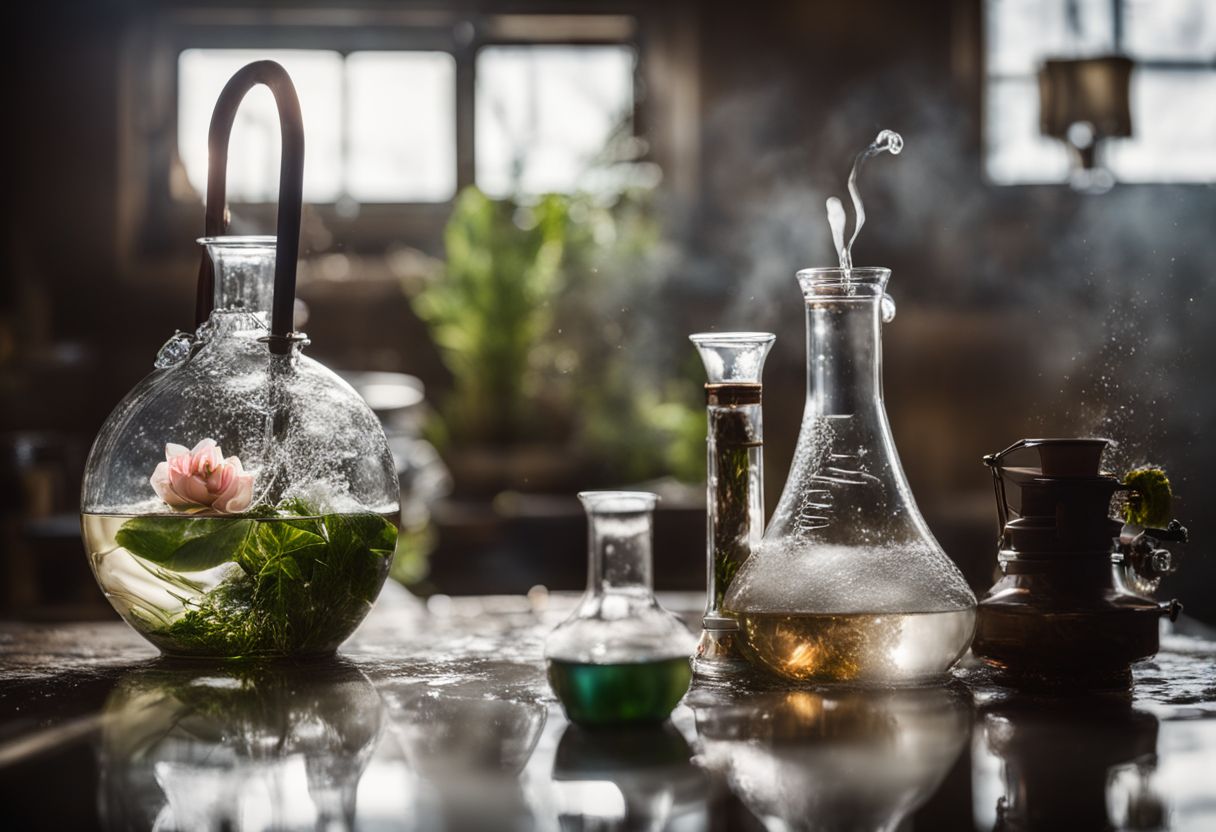
For a classic bong with a downstem and water chamber, the optimal water level should cover the bottom of the downstem by about one inch. This allows for efficient smoke filtration and smooth inhalation.
Stemless bongs, on the other hand, require enough water to cover the slits or holes in their percolators. It’s crucial to strike a balance; too little water won’t filter effectively, while too much can cause splashback or make drawing difficult.
Adjusting water levels for percolators and ice catchers is critical. For bongs with multiple percolators, ensure that each one is submerged properly to maximize filtration without impeding airflow.
Adjusting Water for Percolators and Ice Catchers
When it comes to adjusting water for percolators and ice catchers, the key is finding a balance that suits your smoking preferences. Percolators disperse smoke through water, providing additional filtration.
Different percolator types allow for various levels of smoke dispersion, so adjust the water level to achieve your desired smoothness without causing backflow. Ice catchers are designed to hold ice cubes for extra cooling; ensure the water level is below them, allowing the ice to effectively cool the smoke without overflow.
Experimenting with different water levels when using percolators and ice catchers can help determine the ideal balance between smoothness and resistance in each bong setup. Furthermore, understanding how these components affect smoke dispersion and cooling can guide you in customizing your bong experience according to your preferences.
The Science Behind Bong Water Filtration
Understanding the physics of smoke percolation and diffusion, as well as the impact of water temperature on filtration, is essential for maximizing the benefits of bong water. Dive deeper into the science behind bong filtration to enhance your smoking experience!
The Physics of Smoke Percolation and Diffusion
Smoke percolation and diffusion in a bong involve basic physics. When you inhale, smoke travels down the stem into the water. The water cools and filters the smoke as it moves through.
This process makes the smoke smoother when you inhale.
As smoke passes through water, it breaks into smaller bubbles, increasing its surface area. This allows for better contact between the water and the smoke. As a result, more harmful substances get trapped in the water instead of reaching your lungs.
Additionally, some bongs have percolators that further break up and filter the smoke for an even cleaner hit.
The Impact of Water Temperature on Filtration
Water temperature affects how well a bong filters out impurities and cools the smoke. Cold water creates a denser, more effective barrier against particulates. It also provides a cooler hit, making the smoking experience smoother for users.
Conversely, warm water may not filter as efficiently and can result in a harsher inhale due to lesser cooling effect.
Adjusting the temperature of the water in your bong is crucial for getting the desired filtration and smoothness from your smoke session. Experiment with different temperatures to find what works best for you based on your preferences and the type of material being smoked.
Myths and Misconceptions About Bong Water
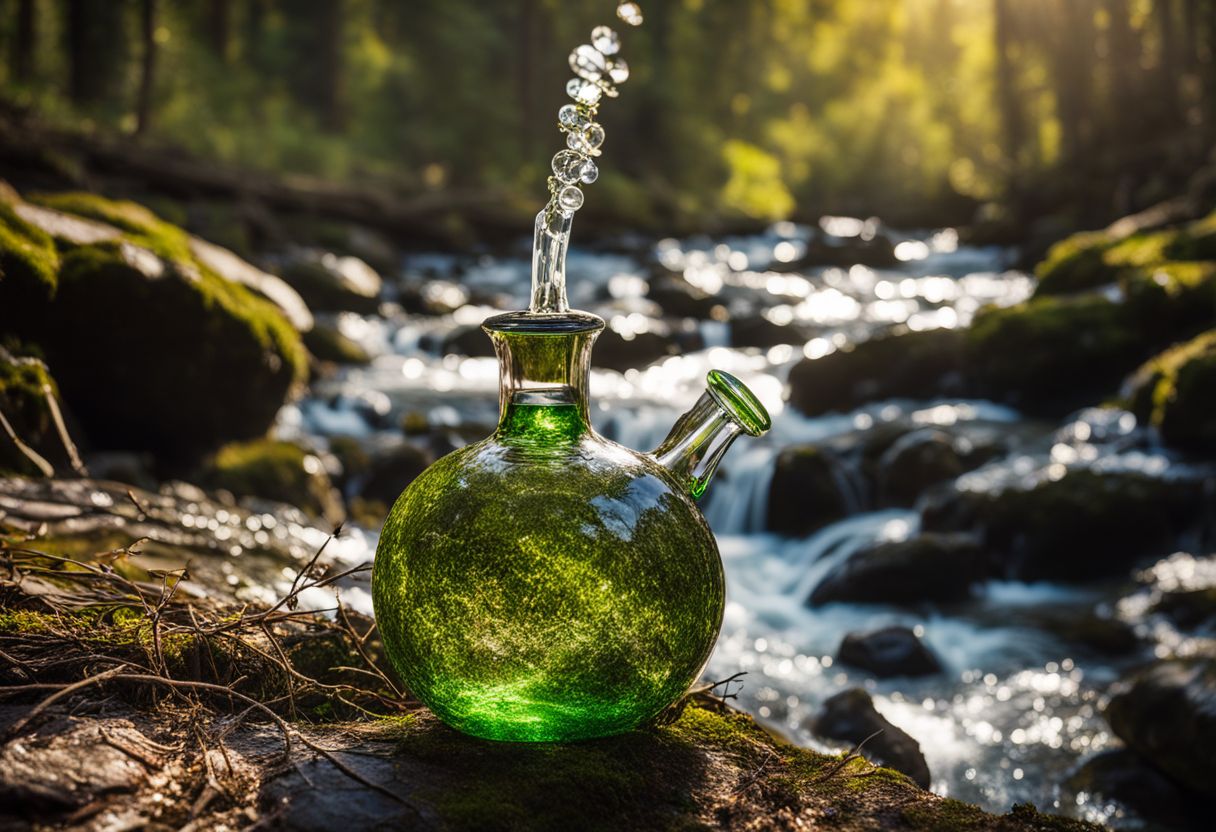
Debunking the Myth of Bong Water as a Toxin Trap and addressing concerns about bong cleanliness can help users make informed choices. Read on to learn more about the truth behind these common misconceptions.
Debunking the Myth of Bong Water as a Toxin Trap
Bong water does not trap toxins. It actually filters out harmful substances. Many believe that bong water collects toxins, but this is a misconception. The water in a bong acts as a filter for the smoke passing through it.
It helps to cool and purify the smoke by trapping particles and contaminants before they reach your mouth.
This myth might have arisen due to the appearance of dirty bong water. But this murky color is usually caused by the residue from combusted cannabis or tobacco rather than trapped toxins.
Addressing Concerns About Bong Cleanliness
Cleanliness is essential for enjoying a pleasant smoking experience with a bong. To address concerns, it’s crucial to clean the bong regularly using simple materials like isopropyl alcohol and coarse salt.
Clean the bowl, downstem, and water chamber thoroughly to remove resin build-up and minimize any potential health risks associated with unclean equipment. Proper cleaning also prevents the accumulation of particulate matter and contaminants in the water, ensuring a smoother and safer smoking experience.
Regularly changing the water after each use can prevent unpleasant odors caused by stagnant water. It’s essential to maintain cleanliness not only for better taste but also for overall hygiene while using a bong for recreational or medicinal purposes.
Conclusion: The Necessity of Water in Enhancing Bong Use
In conclusion, bongs need water to cool and filter the smoke, providing a smoother and cleaner inhaling experience. The anatomy of a bong demonstrates how water interacts with the smoke.
Properly filling the bong with water is crucial for its optimal function. Understanding the science behind bong water filtration helps appreciate its importance in enhancing the smoking process.
Debunking myths about bong water clarifies misconceptions and highlights its significance in ensuring an enjoyable and safer smoking experience.
FAQs
1. What does water do in a bong?
Water in a bong helps to cool down the smoke and filter out some bad stuff from the tobacco smoke, making it somewhat cleaner before it gets to your mouthpiece.
2. Can you use a bong without water?
Yes, but using a bong without water means you’re smoking unfiltered, which can be harsher and might raise health risks of smoking since it won’t filter anything out like usual.
3. Are there other ways to use cannabinoids besides bongs?
Sure! People can also get cannabinoids through vaporizers, edibles like gummies or brownies, or by using creams with CBD on their skin.
4. Why do some people choose water bongs over cigarettes or cigars?
Some folks think that water bongs are better because they feel smoother than dry tobacco from cigarettes or cigars due to the filtration process with the water.
5. Is it okay for nonsmokers to be around when someone is using a bong?
It’s best for nonsmokers not to breathe in any secondhand smoke from any source because even though being near someone using a drug paraphernalia like plastic bongs doesn’t make them smokers, secondhand tobacco smoke still isn’t good for anyone’s health.
